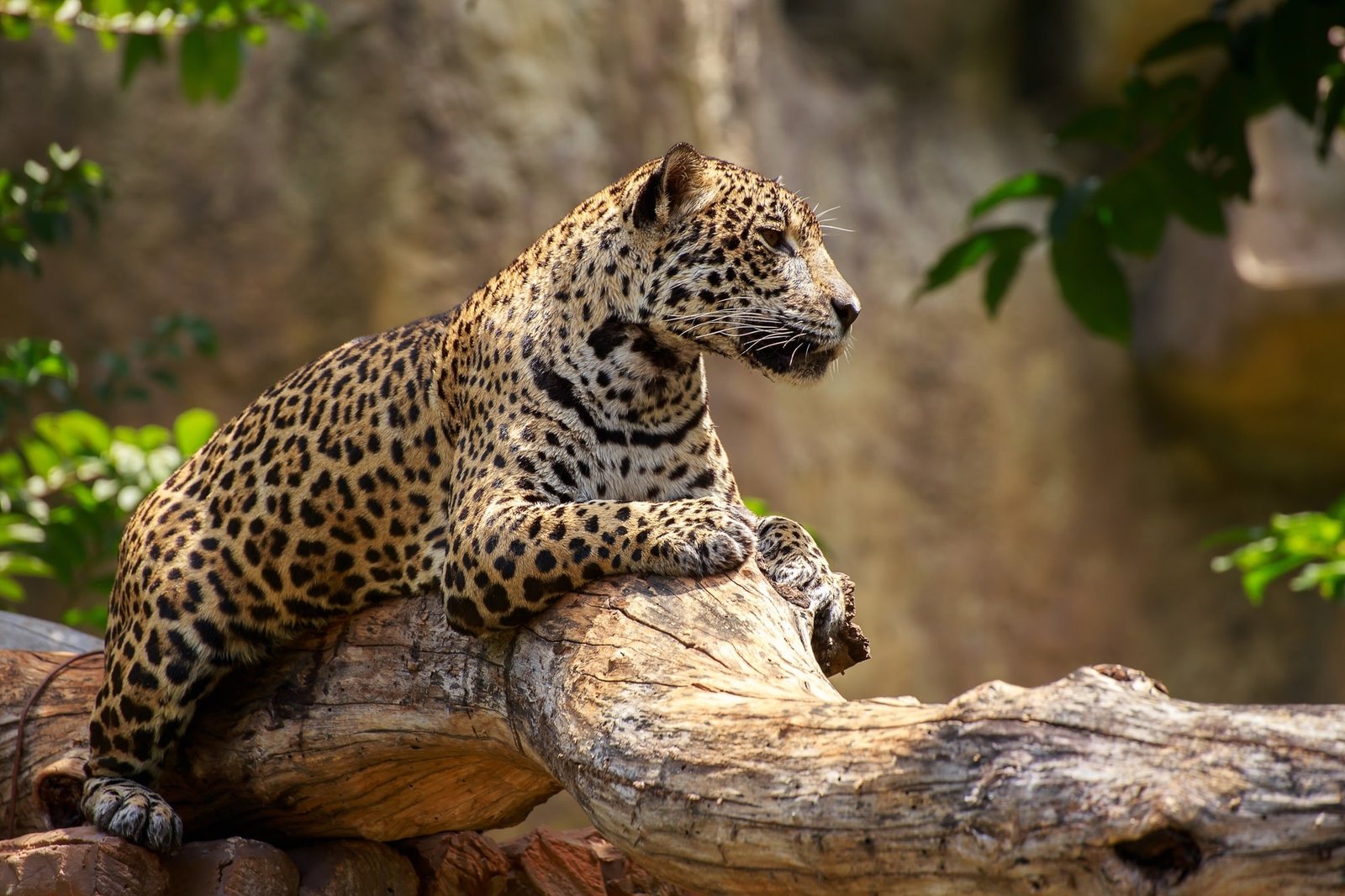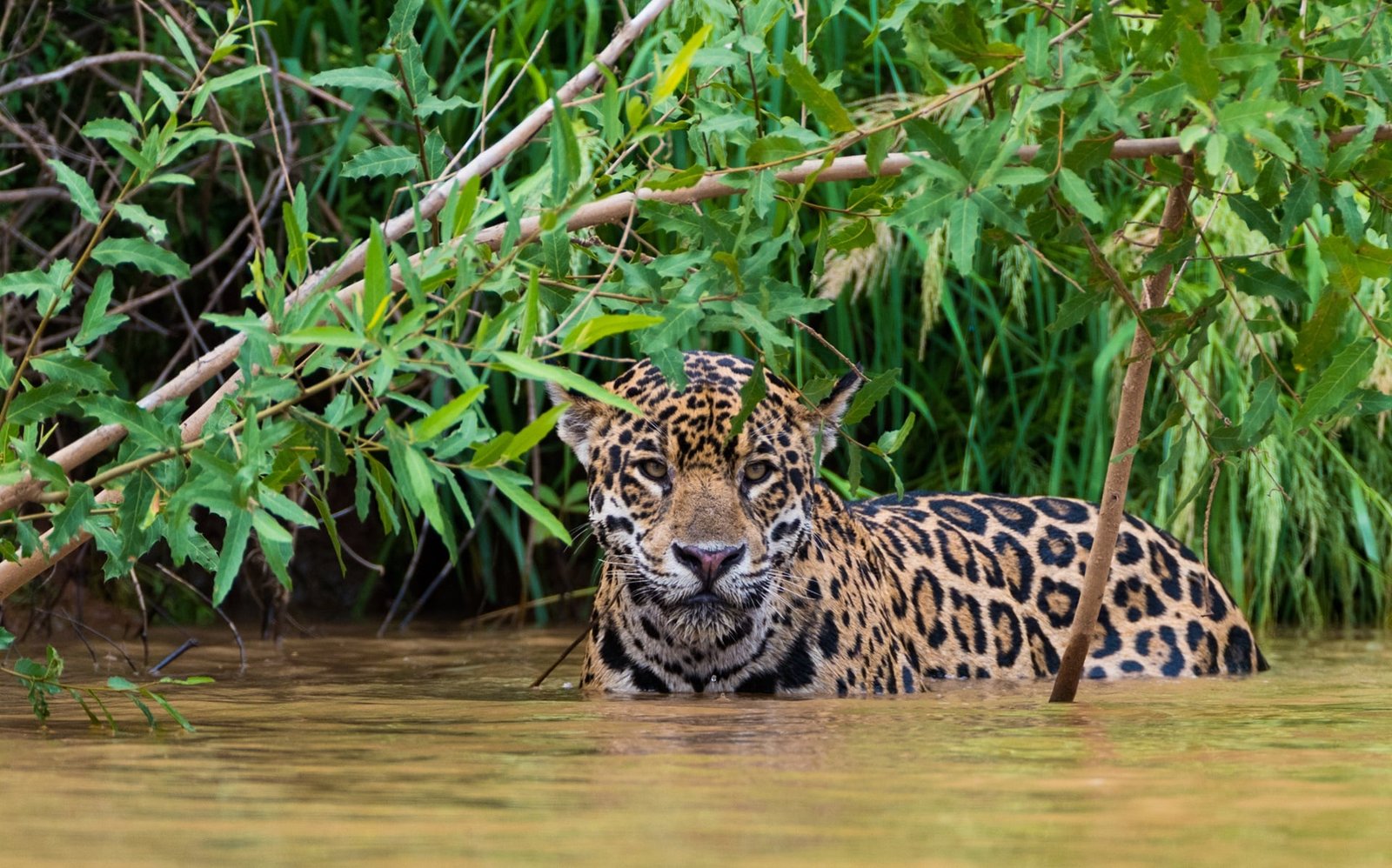
The Jaguar (Panthera onca): Ecology, Conservation, and Challenges
Introduction:
The jaguar (Panthera onca) is a large feline species native to the Americas, known for its distinctive coat pattern and powerful build. As the third-largest big cat in the world, after tigers and lions, the jaguar holds a unique ecological and cultural significance in its range.
Distribution and Habitat:
Jaguars are primarily found in rainforests, swamps, grasslands, and deciduous forests across the Americas, ranging from the southern United States to Argentina. They are well-adapted to diverse ecosystems, displaying versatility in their choice of habitats.
Physical Characteristics:
Jaguars are easily identifiable by their robust build, powerful jaws, and distinctive coat pattern featuring rosettes with a central spot. The coloration varies, ranging from yellow to tan with a white belly, though melanistic individuals, commonly known as black panthers, also exist.
Ecological Role:
Jaguars play a crucial role in maintaining the health and balance of their ecosystems. As apex predators, they help regulate prey populations and prevent overgrazing, contributing to biodiversity conservation.
Behavior and Reproduction:
Jaguars are solitary and elusive animals, with males having larger territories that may overlap with those of several females. Their reproductive habits involve a gestation period of about 93 to 105 days, and cubs stay with their mothers for an extended period, learning essential hunting and survival skills.
Conservation Status:

1. Jaguars are the largest big cats in the Americas. known for their powerful build and distinctive golden-yellow coat covered in black rosettes.
2. They are excellent swimmers and are often found near water. hunting a variety of prey, including fish. turtles, and caimans.
3. Jaguars have the strongest bite of all big cats relative to their size. with a powerful jaw structure that allows them to pierce through the skulls or shells of their prey.
4. These elusive cats are primarily solitary and have large home ranges. often patrolling territories that can span up to 80 square miles.
5. Jaguars play a crucial role in maintaining the balance of their ecosystems by controlling populations of herbivores and preventing overgrazing.

